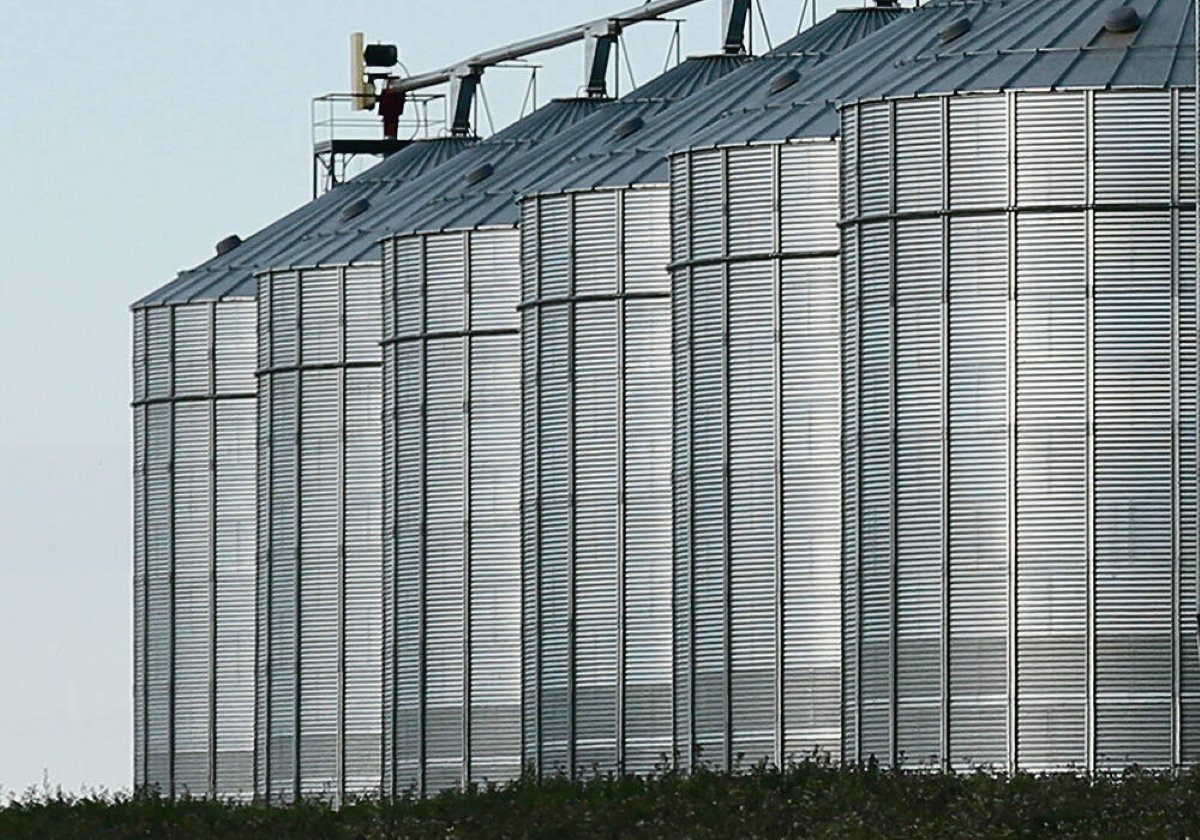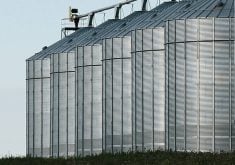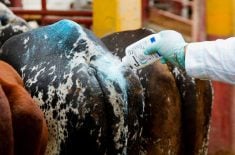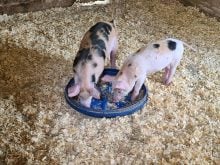Pest management experts have determined that neonicotinoid seed treatments are becoming less effective against flea beetles.
As a result, new chemistries and approaches will soon be needed to control flea beetles in Western Canada, said Bob Elliott, an Agriculture Canada entomologist.
“We have certainly seen weaknesses in our current registered products,” said Elliott from his office in Saskatoon.
“We’ve seen some limitations and we’re scrambling to make up for those deficiencies…. Down the road we will have to be looking for new chemistries that give us better control against striped flea beetles and under cooler, wetter conditions.”
Read Also

ADM cuts 2025 profit outlook on biofuel and trade uncertainty; shares tumble
Archer-Daniels-Midland cut its 2025 profit forecast for a third straight quarter on Tuesday as U.S. biofuel policy uncertainty and global trade disruptions pressured oilseed crush margins.
Elliott has worked with other Agriculture Canada scientists and a provincial entomologist in Manitoba to study the risk of flea beetles to canola production and the efficacy of insecticidal seed treatments.
Grower concerns about seed treatments were the genesis of the research, which is a joint initiative between Agriculture Canada and the Canola Council of Canada.
“(The canola council) indicated three years ago that they had received a number of complaints from producers about so-called seed treatment failures,” Elliott said.
He said he had observed before the research project that neonicotinoid seed treatments performed erratically. They provided excellent protection against flea beetles in some years but not in others.
Working with a hypothesis that seed treatments provided better protection in warm and dry conditions, Elliott set out to quantify how temperature and soil moisture altered neonicotinoid efficacy on crucifer and striped flea beetles. They are the two primary varieties that forage on immature canola plants in Western Canada.
He discovered that neonicotinoid seed treatments killed only one-quarter to half of crucifer flea beetles in wet soil.
They study also confirmed earlier research that had determined that neonics are toxic for crucifers but aren’t nearly as lethal for striped flea beetles.
The evidence demonstrating that neonics are less effective in cold, wet conditions and against striped beetles is compounded by two factors: a population shift toward striped flea beetles and a trend toward canola growers seeding crops earlier in the spring.
Elliott and Agriculture Canada colleague Julie Soroka have monitored flea beetle populations in canola fields at the Saskatoon research centre since 2003. They determined that the crucifer was the dominant species between 2003 and 2009, comprising 97 percent of the population.
“Since 2009 … we’ve seen quite a shift in the composition of that population,” Elliott said.
“In 2011, for example, the frequency of striped flea beetles jumped from less than one percent to 62 percent of the population … in the early seeded (canola).”
In later seeded canola, striped flea beetles increased from one percent to 36 percent in the Saskatoon fields.
Prairie flea beetle surveys from 2007 to 2011 convinced Soroka that striped beetles are becoming more common in many regions.
In a 2012 report on the flea beetle species shift, Soroka said the striped flea beetle has displaced the crucifer “as the most frequently encountered flea beetle in central Alberta, central Saskatchewan, and much of Manitoba. And once rarely encountered in the rape-canola fields of southern Canada, (the striped) is now found there in increasing numbers.”
Scientists don’t fully understand the population shift, but the striped beetle may be taking over because it is more tolerant of neonicotinoid seed treatments.
John Gavloski, an entomologist with Manitoba Agriculture, said striped flea beetles may also be more noticeable because growers are seeding canola earlier in the spring.
Striped flea beetles emerge in the spring several weeks before crucifers. As a result, striped flea beetles are more likely to attack canola seedlings when growers seed early.
“If you go (scouting) early in the season (early May to mid May), it’s going to be dominantly striped,” Gavloski said.
“In June it’s going to be all crucifer.”
In other words, seeding canola earlier may offer potential yield gains but also provide an opportunity for striped flea beetles.
“If we are advancing our seeding dates … we are tilting the scales in favour of striped over crucifer,” Elliott said.
Producers might have to start spraying emerging canola more frequently if they continue to seed into cool, wet soil and flea beetle populations continue to shift toward the striped species.
“If we have a repeat of last year, i.e., cooler, wetter conditions, we could anticipate more spraying against flea beetles,” Elliott said.
The canola industry will also need alternatives to neonicotinoids.
“That’s coming. There are some (chemistries) that are coming out relatively soon,” Gavloski said.
“We do need them…. There’s certain conditions where they (neonics) just don’t work very well.”
Research findings
Agriculture Canada scientists have used lab studies to evaluate the efficacy of neonicotinoid seed treatments, including Gaucho CS FL, Prosper FX, Helix or Helix XTra, which are applied to more than 90 percent of all canola planted in Canada. After 72 hours of exposure to the chemicals at 20 C, the researchers found:
• In dry soil, the mortality of crucifer flea beetles was 31 to 85 percent.
• In wet soil, mortality of crucifers was 22 to 50 percent.
• In dry soil, the mortality of striped flea beetles was five to 11 percent.
• In wet soil, mortality of striped flea beetles was three to 11 percent.
• In check treatments, with no seed treatment or only a fungicidal seed treatment, the mortality of crucifer and striped flea beetles was four and three percent, respectively.
Source: Agriculture Canada















